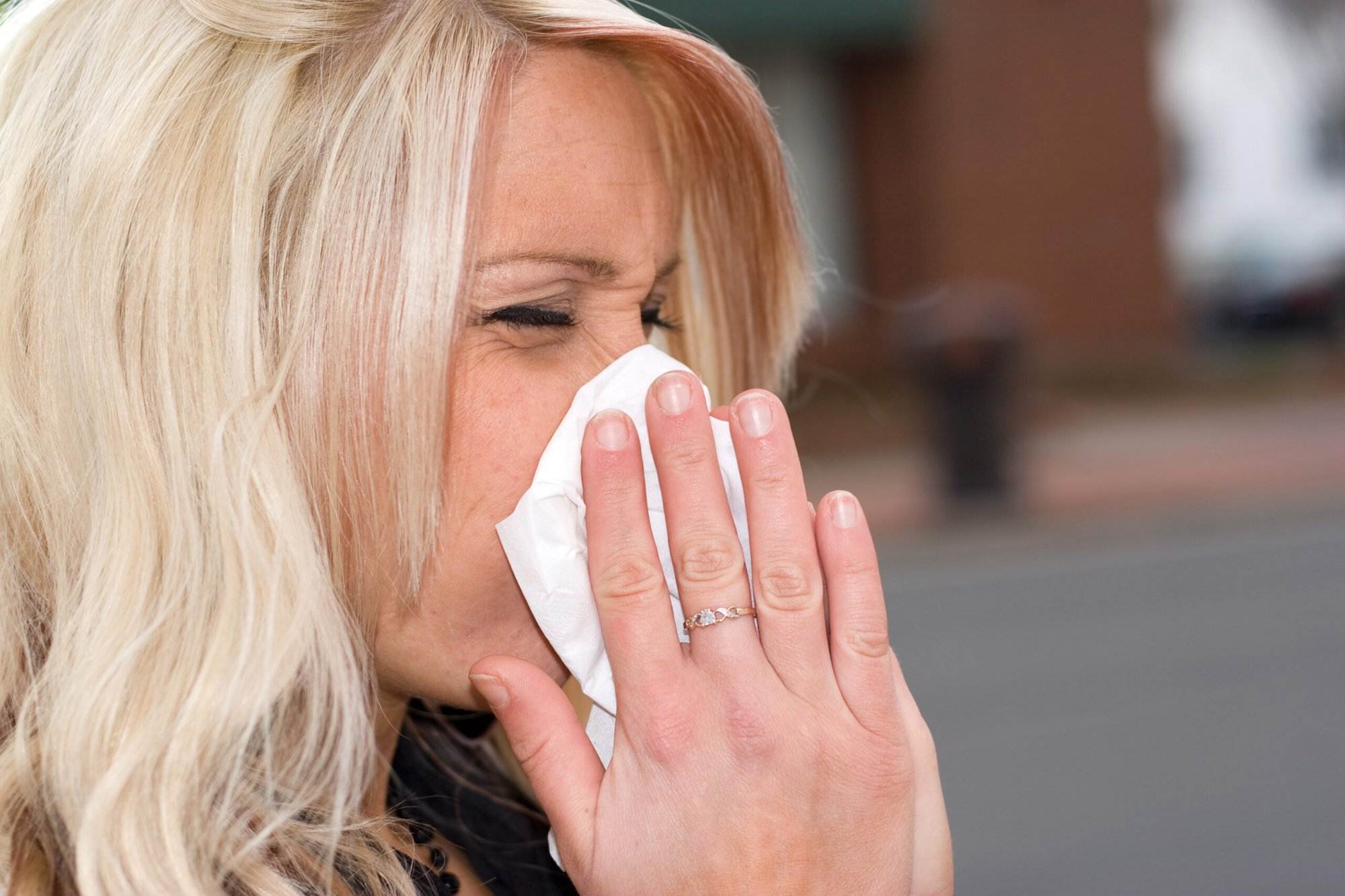Welcome to our blog! Today, we’re going to talk about the importance of specialized cleaning in the workplace and how it can help alleviate allergy symptoms. Allergies are a common problem that affects millions of people around the world. They can cause sneezing, runny nose, congestion, and other uncomfortable symptoms. For those who suffer from allergies, simply being in an environment with triggers like dust or pollen can be enough to set off their symptoms.
Fortunately, there are ways to reduce exposure to these triggers through specialized cleaning strategies. In this post, we will explore what allergen reduction strategies entail, why they are important for the workplace, and how you can implement them effectively. Let’s get started!
Introduction to Allergen Reduction Strategies
Allergen reduction strategies involve taking steps to minimize the amount of allergens present in your office space. This includes identifying potential sources of allergens and implementing measures to eliminate or control them. Some examples of common allergens found in offices include:
Dust mites
Pollen
Pet dander
Mold spores
These allergens can come from various sources such as carpets, upholstery, air ducts, and even plants. By reducing the levels of these allergens, employees can experience fewer allergy symptoms and improved overall health.
The Importance of Specialized Cleaning in the Workplace
Specialized cleaning is essential for creating a healthier workplace. It involves using specific methods and products to remove allergens from surfaces in the office. Regular vacuuming and dusting may not be sufficient to remove allergens completely. Instead, professional cleaners use advanced techniques such as HEPA filtration vacuums and microfiber cloths to trap and remove allergens from hard-to-reach places.
Common Office Allergens and Their Sources
As mentioned earlier, there are several types of allergens that can be found in the office. Here are some common ones and their sources:
Dust mites: These tiny creatures thrive in warm, humid environments and feed on skin flakes shed by humans. Carpets, fabric chairs, and mattresses are prime breeding grounds for dust mites.

Pollen: While most people associate pollen with outdoor activities, it can also enter indoor spaces through open windows or doors. Plants inside the office can also produce pollen.
Pet dander: If pets are allowed in the office, their fur and dander can trigger allergic reactions in sensitive individuals.
Implementing an Effective Allergy Reduction Plan

To implement an effective allergy reduction plan, start by identifying potential sources of allergens in your office. This could include areas with high traffic or rooms where employees spend long periods of time. Once identified, take steps to eliminate or control these allergens. Some strategies include:
Vacuum regularly using a HEPA filter vacuum cleaner
Use microfiber cloths to wipe down surfaces
Wash bedding and curtains frequently
Keep plants to a minimum and avoid placing them near desks
Consider installing an air purifier to improve air quality
In conclusion, specialized cleaning for allergy sufferers in the office is crucial for maintaining a healthy workplace. By implementing allergen reduction strategies, employers can create a more comfortable and productive environment for their staff.

